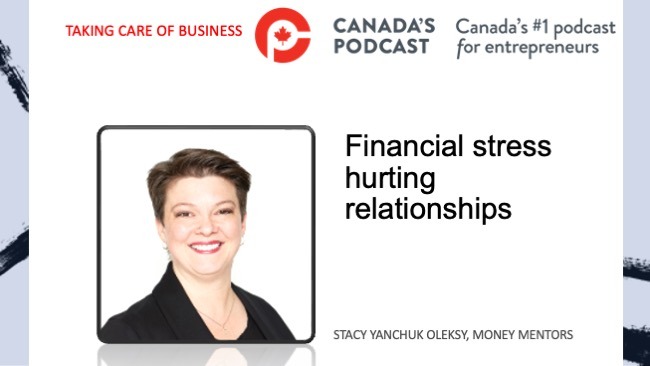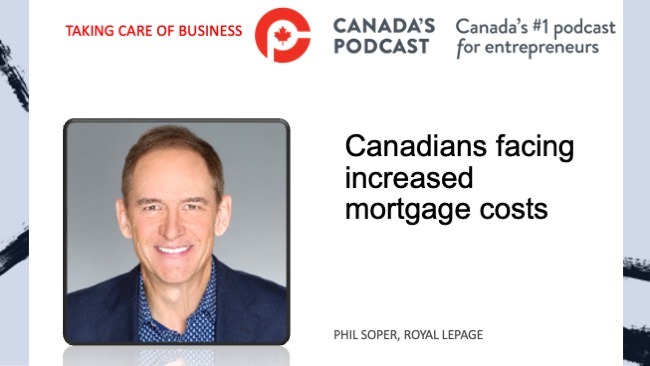North America experienced a brief reprieve this week from what could have been one of the largest trade shocks in a century. The United States’ plan to impose 25% tariffs on Mexico and Canada has been delayed by 30 days. However, uncertainty continues to loom over the Canadian economy, affecting business activity and consumer confidence. While the situation evolves, key insights have emerged about the potential impact of a trade shock on Canada, according to a recent RBC report.
Here’s a synopsis of the report:
Trade Tensions Persist Amid Policy Uncertainty
Even with the delay, trade concerns remain high. The America First Trade Policy is set to deliver recommendations by April 1st, investigating potential discriminatory taxes against U.S. entities. Meanwhile, preparations for the July 2026 USMCA review are underway. Additionally, the U.S. imposed a 10% tariff on China, leading to retaliatory measures. These developments underscore the momentum of global protectionist policies.
Further, President Donald Trump has indicated possible tariffs on the European Union, reinforcing the long-term nature of trade uncertainty. These factors suggest trade-related economic disruptions may persist for years, influencing both short-term forecasts and broader economic strategies.
Bank of Canada Expected to Cut Interest Rates
Markets indicate that the Bank of Canada (BoC) would likely respond to aggressive tariff policies with rate cuts. Following the initial tariff announcement, Canadian bond yields signaled an additional rate cut expectation, and the Canadian dollar weakened. This market response highlights the potential economic growth risks posed by heightened tariffs, which could outweigh inflationary effects.
Should sustained tariffs be implemented, the BoC may cut rates more aggressively than currently anticipated. The duration of tariffs and the scale of government fiscal responses will play crucial roles in shaping monetary policy adjustments.
Canada’s Retaliatory Strategy to Influence Growth and Inflation
Canada has outlined a potential retaliatory tariff strategy targeting $155 billion of U.S. imports, beginning with an initial $30 billion package. These measures could increase costs for Canadian buyers, particularly in food-related products, which comprise a significant portion of the targeted goods. However, partial retaliation allows for sourcing alternatives, reducing some economic strain.
For example, products like oranges face tariffs, but substitutes such as apples and pears remain untaxed. Additionally, approximately 25% of targeted products rely on U.S. imports for 30% or less of Canada’s supply, meaning alternative import sources could mitigate disruptions.
Regional and Sectoral Impacts of Proposed Tariffs
The proposed tariffs would have varying effects across Canadian provinces and industries. Manufacturing and energy are particularly vulnerable due to their close integration with U.S. supply chains. Manufacturing, which represents about 9% of GDP, would be severely impacted in New Brunswick, Prince Edward Island, Ontario, and Quebec, where U.S. exports account for 71% to 78% of sectoral GDP.
Conversely, Canadian energy exports received relatively favorable treatment with a lower 10% tariff, offering a slight buffer for Alberta, Saskatchewan, and Newfoundland and Labrador. The U.S. Midwest’s reliance on Canadian heavy crude oil could further limit disruptions in the energy sector. Meanwhile, British Columbia and Nova Scotia, with more diversified export markets, would likely face lesser impacts.
Fiscal Strategies and Economic Resilience
Federal and provincial governments have focused on retaliation but have also hinted at potential fiscal strategies. Unlike the immediate support package introduced during the 2018 steel and aluminum tariffs, the government is monitoring developments before committing to new measures. Large-scale tariffs in place for three to six months could trigger recessionary risks, prompting economic support interventions.
Ontario Premier Doug Ford has suggested income replacement plans, targeted subsidies, and broad economic assistance if tariffs persist. Additionally, discussions on boosting Canada’s economic resilience have gained traction, with potential investments in critical minerals and tax reforms. Strengthening productivity and reducing internal trade barriers remain key strategies for enhancing Canada’s economic stability, regardless of U.S. trade actions.
Conclusion
While North America has avoided immediate tariff shocks, trade uncertainty remains a significant challenge. The evolving policy landscape, potential rate cuts by the BoC, and Canada’s retaliatory strategies will shape economic outcomes in the coming months. As trade tensions continue, businesses and policymakers must navigate an increasingly complex global economic environment.

Mario Toneguzzi
Mario Toneguzzi is Managing Editor of Canada’s Podcast. He has more than 40 years of experience as a daily newspaper writer, columnist, and editor. He was named in 2021 and 2024 as one of the top business journalists in the world by PR News. He was also named by RETHINK to its global list of Top Retail Experts 2024 and 2025.
About Us
Canada’s Podcast is the number one podcast in Canada for entrepreneurs and business owners. Established in 2016, the podcast network has interviewed over 600 Canadian entrepreneurs from coast-to-coast.
With hosts in each province, entrepreneurs have a local and national format to tell their stories, talk about their journey and provide inspiration for anyone starting their entrepreneurial journey and well- established founders.
The commitment to a grass roots approach has built a loyal audience on all our social channels and YouTube – 500,000+ lifetime YouTube views, 200,000 + audio downloads, 35,000 + average monthly social impressions, 10,000 + engaged social followers and 35,000 newsletter subscribers. Canada’s Podcast is proud to provide a local, national and international presence for Canadian entrepreneurs to build their brand and tell their story.





